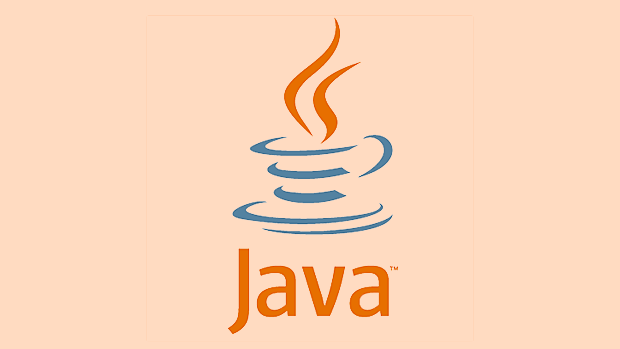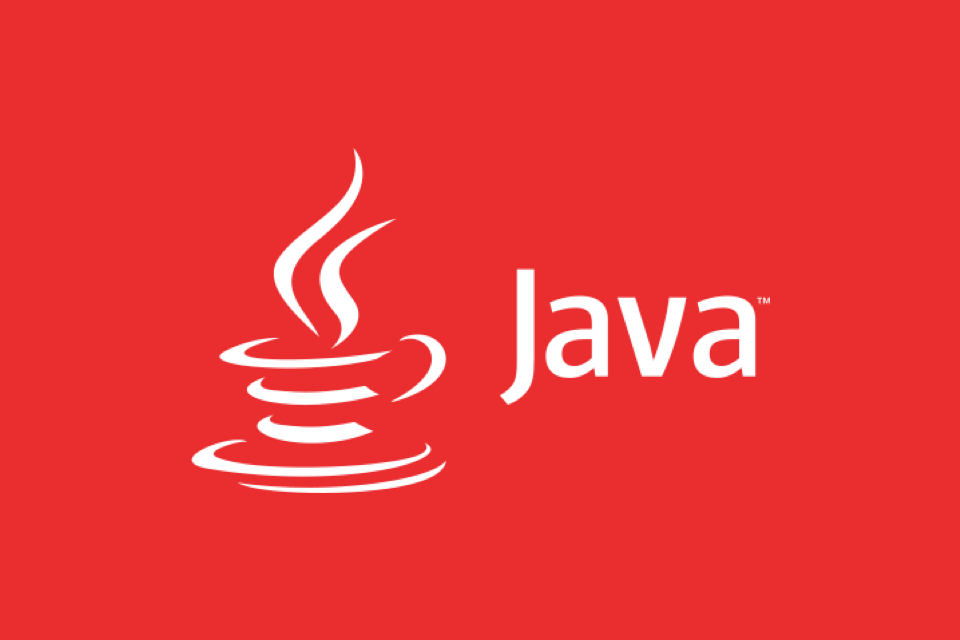How to handle transactions in Java with JDBC?
Aug 02, 2025 pm 12:29 PMTo correctly handle JDBC transactions, you must first turn off the automatic commit mode, then perform multiple operations, and finally commit or rollback according to the results; 1. Call conn.setAutoCommit(false) to start the transaction; 2. Execute multiple SQL operations, such as INSERT and UPDATE; 3. Call conn.commit() if all operations are successful, and call conn.rollback() if an exception occurs to ensure data consistency; at the same time, try-with-resources should be used to manage resources, properly handle exceptions and close connections to avoid connection leakage; in addition, it is recommended to use connection pools and set save points to achieve partial rollback, and keep transactions as short as possible to improve performance.

Handling transactions in Java with JDBC is essential when you need to ensure data consistency across multiple database operations. By default, JDBC runs in auto-commit mode, meaning each SQL statement is treated as a separate transaction and committed immediately. To manage transactions manually — for example, when you want several operations to succeed or fail together — you need to disable auto-commit and explicitly control when to commit or roll back.

Here's how to properly handle transactions using JDBC:
1. Disable Auto-Commit Mode
Before starting your transaction, turn off auto-commit so that multiple operations can be grouped together:

Connection conn = dataSource.getConnection(); conn.setAutoCommit(false);
Once disabled, no changes will be saved to the database until you call commit() .
2. Execute Multiple Operations
Now you can execute multiple SQL statements (INSERT, UPDATE, DELETE, etc.) as part of the same transaction:

try (PreparedStatement ps1 = conn.prepareStatement("INSERT INTO accounts (id, balance) VALUES (?, ?)")) {
ps1.setInt(1, 1001);
ps1.setDouble(2, 500.0);
ps1.executeUpdate();
}
try (PreparedStatement ps2 = conn.prepareStatement("UPDATE accounts SET balance = balance - ? WHERE id = ?")) {
ps2.setDouble(1, 200.0);
ps2.setInt(2, 1000);
ps2.executeUpdate();
}These operations won't be visible to other transactions until committed.
3. Commit or Roll Back Based on Outcome
After all operations, if everything succeeded, call commit() :
conn.commit();
If any exception occurs, roll back the entire transaction to maintain consistency:
try {
// ... your JDBC operations
conn.commit();
} catch (SQLException e) {
try {
conn.rollback();
} catch (SQLException ex) {
ex.printStackTrace();
}
throw e;
}Always wrap the rollback in a try-catch block because it can also throw an exception.
4. Use Try-With-Resources and Proper Exception Handling
To ensure resources are closed and connections are not leaked, use try-with-resources and handle exceptions carefully:
Connection conn = null;
try {
conn = dataSource.getConnection();
conn.setAutoCommit(false);
// Perform DB operations
try (PreparedStatement ps1 = conn.prepareStatement("INSERT INTO logs (msg) VALUES (?)")) {
ps1.setString(1, "Transaction started");
ps1.executeUpdate();
}
try (PreparedStatement ps2 = conn.prepareStatement("UPDATE accounts SET balance = ? WHERE id = ?")) {
ps2.setDouble(1, 1000.0);
ps2.setInt(2, 1001);
ps2.executeUpdate();
}
conn.commit();
} catch (SQLException e) {
if (conn != null) {
try {
conn.rollback();
} catch (SQLException ex) {
ex.printStackTrace();
}
}
e.printStackTrace();
} finally {
if (conn != null) {
try {
conn.close();
} catch (SQLException e) {
e.printStackTrace();
}
}
}Best Practices
- Always rollback on error : Never leave a transaction open after an exception.
- Keep transactions short : Long-running transactions can lock resources and hurt performance.
- Use connection pooling in production : Tools like HikariCP help manage connections efficiently.
- Avoid catching and swallowing exceptions : Make sure errors don't prevent rollback.
- Consider savepoints for partial rollbacks (advanced use case):
Savepoint sp = conn.setSavepoint("before_risky_operation");
// ... risky operation
// If something goes wrong:
conn.rollback(sp);Basically, handling transactions in JDBC comes down to three key steps: disable auto-commit, group your operations, then commit or rollback based on success. It's simple but easy to get wrong if you don't handle exceptions and cleanup properly.
The above is the detailed content of How to handle transactions in Java with JDBC?. For more information, please follow other related articles on the PHP Chinese website!

Hot AI Tools

Undress AI Tool
Undress images for free

Undresser.AI Undress
AI-powered app for creating realistic nude photos

AI Clothes Remover
Online AI tool for removing clothes from photos.

Clothoff.io
AI clothes remover

Video Face Swap
Swap faces in any video effortlessly with our completely free AI face swap tool!

Hot Article

Hot Tools

Notepad++7.3.1
Easy-to-use and free code editor

SublimeText3 Chinese version
Chinese version, very easy to use

Zend Studio 13.0.1
Powerful PHP integrated development environment

Dreamweaver CS6
Visual web development tools

SublimeText3 Mac version
God-level code editing software (SublimeText3)

Hot Topics
 VSCode settings.json location
Aug 01, 2025 am 06:12 AM
VSCode settings.json location
Aug 01, 2025 am 06:12 AM
The settings.json file is located in the user-level or workspace-level path and is used to customize VSCode settings. 1. User-level path: Windows is C:\Users\\AppData\Roaming\Code\User\settings.json, macOS is /Users//Library/ApplicationSupport/Code/User/settings.json, Linux is /home//.config/Code/User/settings.json; 2. Workspace-level path: .vscode/settings in the project root directory
 How to handle transactions in Java with JDBC?
Aug 02, 2025 pm 12:29 PM
How to handle transactions in Java with JDBC?
Aug 02, 2025 pm 12:29 PM
To correctly handle JDBC transactions, you must first turn off the automatic commit mode, then perform multiple operations, and finally commit or rollback according to the results; 1. Call conn.setAutoCommit(false) to start the transaction; 2. Execute multiple SQL operations, such as INSERT and UPDATE; 3. Call conn.commit() if all operations are successful, and call conn.rollback() if an exception occurs to ensure data consistency; at the same time, try-with-resources should be used to manage resources, properly handle exceptions and close connections to avoid connection leakage; in addition, it is recommended to use connection pools and set save points to achieve partial rollback, and keep transactions as short as possible to improve performance.
 css full page layout example
Jul 30, 2025 am 05:39 AM
css full page layout example
Jul 30, 2025 am 05:39 AM
Full screen layout can be achieved using Flexbox or Grid. The core is to make the minimum height of the page the viewport height (min-height:100vh); 2. Use flex:1 or grid-template-rows:auto1frauto to make the content area occupy the remaining space; 3. Set box-sizing:border-box to ensure that the margin does not exceed the container; 4. Optimize the mobile experience with responsive media query; this solution is compatible with good structure and is suitable for login pages, dashboards and other scenarios, and finally realizes a full screen page layout with vertical centering and full viewport.
 Full-Stack Web Development with Java, Spring Boot, and React
Jul 31, 2025 am 03:33 AM
Full-Stack Web Development with Java, Spring Boot, and React
Jul 31, 2025 am 03:33 AM
Selecting the Java SpringBoot React technology stack can build stable and efficient full-stack web applications, suitable for small and medium-sized to large enterprise-level systems. 2. The backend uses SpringBoot to quickly build RESTfulAPI. The core components include SpringWeb, SpringDataJPA, SpringSecurity, Lombok and Swagger. The front-end separation is achieved through @RestController returning JSON data. 3. The front-end uses React (in conjunction with Vite or CreateReactApp) to develop a responsive interface, uses Axios to call the back-end API, and ReactRouter
 Java Performance Optimization and Profiling Techniques
Jul 31, 2025 am 03:58 AM
Java Performance Optimization and Profiling Techniques
Jul 31, 2025 am 03:58 AM
Use performance analysis tools to locate bottlenecks, use VisualVM or JProfiler in the development and testing stage, and give priority to Async-Profiler in the production environment; 2. Reduce object creation, reuse objects, use StringBuilder to replace string splicing, and select appropriate GC strategies; 3. Optimize collection usage, select and preset initial capacity according to the scene; 4. Optimize concurrency, use concurrent collections, reduce lock granularity, and set thread pool reasonably; 5. Tune JVM parameters, set reasonable heap size and low-latency garbage collector and enable GC logs; 6. Avoid reflection at the code level, replace wrapper classes with basic types, delay initialization, and use final and static; 7. Continuous performance testing and monitoring, combined with JMH
 python pytest fixture example
Jul 31, 2025 am 09:35 AM
python pytest fixture example
Jul 31, 2025 am 09:35 AM
fixture is a function used to provide preset environment or data for tests. 1. Use the @pytest.fixture decorator to define fixture; 2. Inject fixture in parameter form in the test function; 3. Execute setup before yield, and then teardown; 4. Control scope through scope parameters, such as function, module, etc.; 5. Place the shared fixture in conftest.py to achieve cross-file sharing, thereby improving the maintainability and reusability of tests.
 python itertools combinations example
Jul 31, 2025 am 09:53 AM
python itertools combinations example
Jul 31, 2025 am 09:53 AM
itertools.combinations is used to generate all non-repetitive combinations (order irrelevant) that selects a specified number of elements from the iterable object. Its usage includes: 1. Select 2 element combinations from the list, such as ('A','B'), ('A','C'), etc., to avoid repeated order; 2. Take 3 character combinations of strings, such as "abc" and "abd", which are suitable for subsequence generation; 3. Find the combinations where the sum of two numbers is equal to the target value, such as 1 5=6, simplify the double loop logic; the difference between combinations and arrangement lies in whether the order is important, combinations regard AB and BA as the same, while permutations are regarded as different;
 Mastering Dependency Injection in Java with Spring and Guice
Aug 01, 2025 am 05:53 AM
Mastering Dependency Injection in Java with Spring and Guice
Aug 01, 2025 am 05:53 AM
DependencyInjection(DI)isadesignpatternwhereobjectsreceivedependenciesexternally,promotingloosecouplingandeasiertestingthroughconstructor,setter,orfieldinjection.2.SpringFrameworkusesannotationslike@Component,@Service,and@AutowiredwithJava-basedconfi






